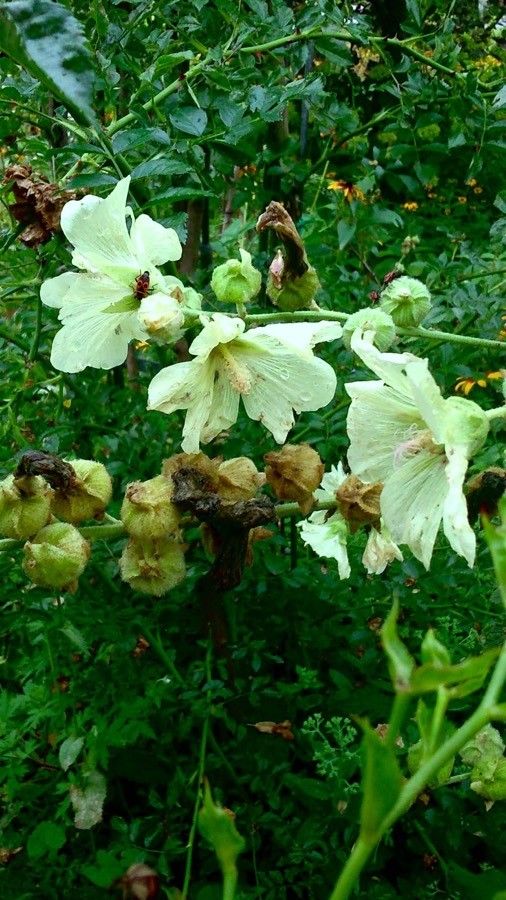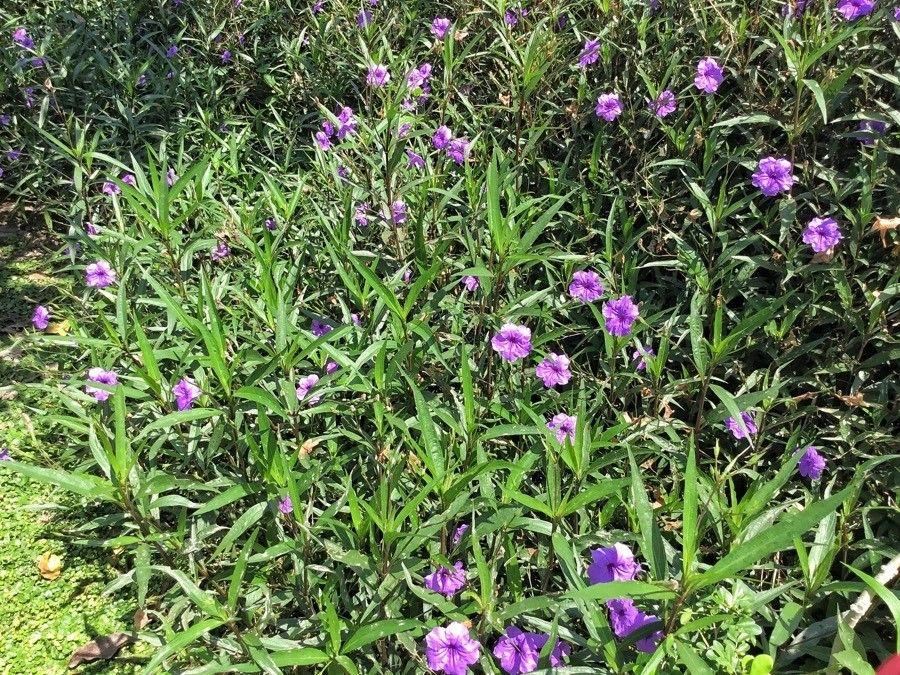# Hollyhock: A Gardener's Delight
The Hollyhock ( *Alcea rosea*), a majestic member of the Malvaceae family, is a beloved garden favorite known for its tall, stately spires of vibrant flowers. These striking plants can add a dramatic touch to any garden, bringing a sense of old-world charm and captivating beauty. From cottage gardens to modern landscapes, Hollyhocks offer versatility and visual impact that are hard to resist. This comprehensive guide will equip you with all the knowledge you need to successfully cultivate these magnificent blooms.
### Habitat and Growth
Hollyhocks are biennials or short-lived perennials, meaning they typically complete their life cycle in two years (biennial) or may live for a few years (short-lived perennial) depending on climate and care. They thrive in full sun to partial shade, tolerating some afternoon shade in hotter climates. Native to the Mediterranean region, they’ve adapted well to many temperate zones around the globe. Their impressive height, often reaching 6-8 feet (1.8-2.4 meters), makes them a remarkable addition to the back of borders or as a focal point in a garden.
### Soil Needs and Planting
Hollyhocks prefer well-drained soil that's rich in organic matter. Amend heavy clay soils with compost or other organic materials to improve drainage and aeration. They tolerate a wide range of pH levels, but slightly alkaline soil is generally preferred. When planting, space plants approximately 12-18 inches apart to allow for proper air circulation and prevent overcrowding. Direct sowing seeds outdoors is common, usually in spring or fall, or starting seeds indoors several weeks before the last expected frost.
### Care and Maintenance
Regular watering is crucial, especially during dry spells, particularly when plants are young. Aim to keep the soil consistently moist but not waterlogged. Deadheading, or removing spent blooms, will encourage more flowering and prevent the plant from expending energy on seed production. Staking taller varieties is recommended to prevent them from flopping over, especially in windy conditions. Hollyhocks are relatively low-maintenance, making them a rewarding choice for both experienced and novice gardeners.
### Pests and Diseases
Hollyhocks are susceptible to several pests and diseases, including rust, powdery mildew, and hollyhock weevil. Good air circulation through proper spacing and regular monitoring can minimize the risk of fungal diseases. If pests or diseases become problematic, consider using appropriate organic or chemical controls following local regulations and recommendations.
### Propagation
Hollyhocks can be propagated from seed or by root division. Starting from seeds allows for a wider selection of varieties. Root division is typically done in early spring or fall, carefully separating the root crown into smaller sections, each with healthy buds. Always ensure good drainage when transplanting.
### Enjoying Your Hollyhocks
The beauty of Hollyhocks extends beyond their stunning appearance. Their tall stature provides excellent habitat for pollinators like bees and butterflies, enhancing the biodiversity of your garden. Their versatility also extends to cut flowers, where their elegant blooms make a striking addition to bouquets and floral arrangements.
Growing Hollyhocks is a rewarding experience for any gardener. With their striking appearance, relatively low maintenance requirements, and ability to attract beneficial insects, they are a true asset to any garden landscape.
Hollyhock: Planting, Care & Growing Guide

Frequently Asked Questions
How to grow Hollyhocks from seed?
Sow seeds directly outdoors in spring or fall, or start seeds indoors several weeks before the last frost. Choose a sunny location with well-drained soil rich in organic matter. Space plants 12-18 inches apart.
What type of soil do Hollyhocks need?
Hollyhocks prefer well-drained soil that is rich in organic matter. Slightly alkaline soil is ideal. Amend heavy clay soils with compost to improve drainage and aeration.


